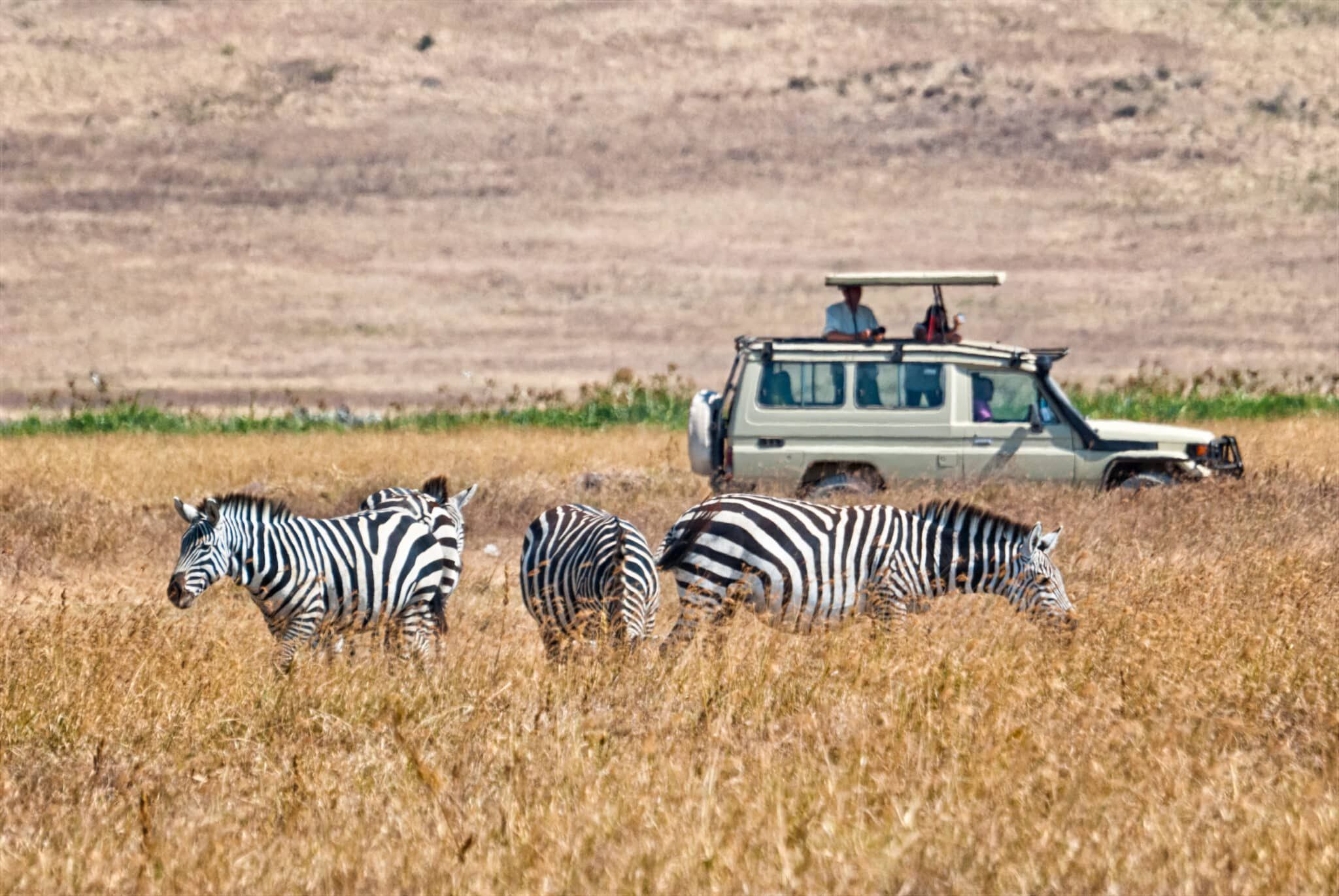How to prepare for a safari in Kenya ?
Kenya is one of the world’s best safari destinations. With its sumptuous and varied landscapes, its exceptional wildlife, this country undeniably seduces the adventurers. Nevertheless, going on safari through the territory of the Maasai people requires a lot of organization.
The wildlife is attractive, interesting, but also dangerous. How well prepare a safari in Kenya ?
The best parks for a safari in Kenya
The sheer size and variety of Kenya’s 35 game reserves and 26 national parks spread across the country make it the ideal place to organize a Kenya safari tour.
Preparing for a safari in Kenya includes a tour of Amboseli National Park, a UNESCO Biosphere Reserve. Stretching over 380 km2, it is home to approximately 1,500 elephants, which represent the largest population in Kenya. In addition to the pachyderms, visitors can also see cheetahs, giraffes, various bird species, gazelles, etc.
The Masai Mara National Reserve, covering more than 1,500 square kilometers, is also worth a visit on a Kenya safari. Located in the southwest of the country, it is home to the Maasai tribe and the Mara River. The wildlife here is very varied, like zebras, gazelles and the Big Five (lion, rhinoceros, buffalo, elephant, leopard).
It is also an opportunity to discover hippos and crocodiles located near the Mara River. Moreover, the latter is famous for hosting wildebeest during their great migration.
When to leave for a safari in Kenya ?
Preparing a safari in Kenya consists in leaving at the right time. It is best not to leave during the summer rainy season. The best time to go to Kenya is between January and mid-March between June and November.
The temperature is more bearable during this period (varying between 25°C and 27°C) and the climate is less arid.
In addition, it is during this dry season that the animals migrate, making the safari much more exciting. This is also an opportunity to see the zebra and antelope migration. These animals travel from the southern plains to the Masai Mara National Reserve.
On the other hand, between April and May, it is the monsoon season. The floors are completely soaked. This makes the trips more dangerous, even in 4×4. However, the prices are very affordable. Another good time to go on safari in Kenya is between January and mid-March.
The climate is dry.
For those who schedule a safari in Kenya during the wet season, from November to December, they will see green parks. This is also the period when there are fewer visitors and tourists. Moreover, the rain falls mainly during the summer’afternoon, which gives the opportunity to contemplate various migratory birds.
What to bring on a safari in Kenya
For observe wildlife in its natural environment, the camera is essential. Be careful, however, during a safari, it is forbidden to disturb the animals.
The chosen camera must be able to make a powerful zoom (at least 300 mm) to succeed in taking pictures from a distance. Don’t forget the batteries and memory cards.
To avoid unforeseen events, some safaris prefer to add a second camera. Binoculars should also be included in your equipment. They are essential in order to observe the animals from a long distance.
Regarding the clothes to wear, it is necessary to wear clothes that allow you to feel comfortable. In other words, loose and light clothing is preferable. Shirts should be long sleeved. Pants can be changed into shorts.
This allows the safari operator to remove the stocking during the day in case of high temperatures.
As for the colors, they must be neutral (khaki, beige, brown). A guide to the local animals is also essential to identify more easily the ones you discover during the safari. Sunglasses, hat, closed shoes are also part of the equipment to bring.
You should not forget camping equipment and a complete first aid kit.

What budget for a safari ?
To prepare a safari in Kenya, the budget will have to be quite consequent. The discovery of the natural reserves and the national parks account for almost half of the expenses. You have to pay the entrance fees, the rental of a vehicle (4×4 or jeep) with driver.
The driver also acts as a guide during the safari. Prices vary depending on the national park visited. There are other elements to consider as well, such as the plane ride.
The prices of international flights to Africa are fixed according to certain elements. It is the day of the week, the chosen airport, the period of reservation of the flight and the month of departure. In general, it is necessary to pay 400 to 600 euros to go from Jomo Kenyatta International Airport to Nairobi International Airport.
When you arrive, you have to plan your movements during the safari. Thus, to rent a car, it is necessary to count daily between 60 to 150 euros, insurance not included.
To reduce costs, small group tours or public transportation are excellent alternatives. Some safaris choose domestic flights to save time. However, these are expensive.
For example, a flight from Nairobi to Masai Mara can cost up to 300 euros.